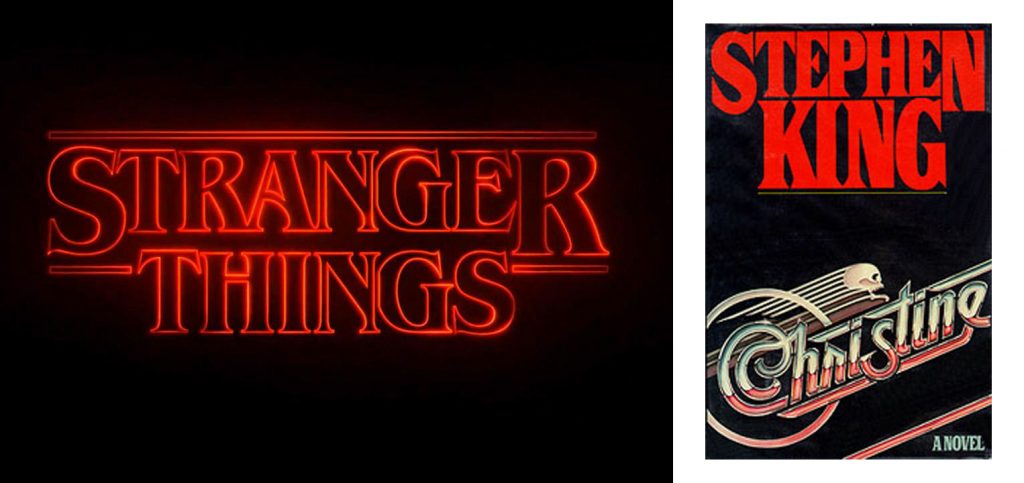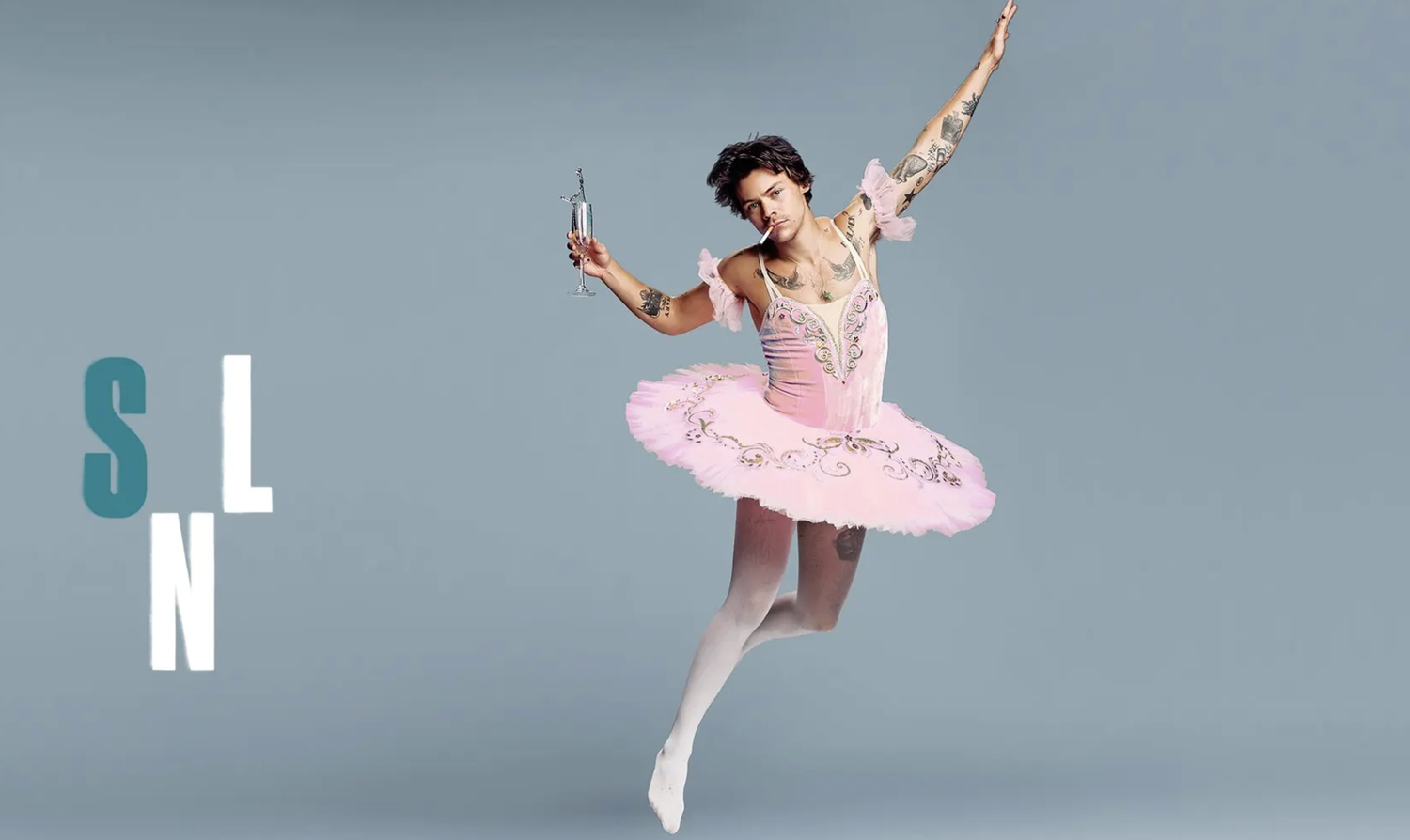IT And Stranger Things: A Comparison With Stephen King's Input

Table of Contents
The Overlapping Themes of Childhood and Trauma
Both IT and Stranger Things utilize childhood as a central theme, amplifying the horror's impact. The vulnerability of children, their innocent perceptions warped by terrifying experiences, forms the emotional core of both stories. The trauma they endure isn't just a plot device; it shapes their identities and relationships.
-
Shared trauma as a catalyst for the story: In both narratives, a shared traumatic event unites the protagonists, binding them together in a fight against unspeakable evil. For the Losers Club in IT, it's their encounters with Pennywise; for the kids in Hawkins, it's Eleven's escape and the mysteries surrounding the Upside Down.
-
The power of friendship and facing fears together: Facing these horrors requires the strength of their bonds. The support system formed within these friendship groups is crucial to their survival, both emotionally and physically. This emphasizes the importance of community and shared resilience in overcoming adversity.
-
Exploration of childhood innocence lost to the horrors they encounter: The innocence of childhood is shattered by the dark forces they confront. This loss of innocence is a recurring motif, highlighting the lasting impact of trauma on their development and emotional wellbeing.
-
The lasting psychological impact of these experiences on the characters: The psychological scars left by these terrifying experiences extend far beyond the immediate events. The characters in both stories grapple with PTSD, fear, and the lingering effects of their encounters with evil, a testament to the lasting impact of childhood trauma within the realms of Stephen King horror and Stranger Things themes.
The Nature of the Monsters: Pennywise vs. the Upside Down
Pennywise, the malevolent clown from IT, and the Upside Down from Stranger Things are both monstrous entities that exploit childhood fears and vulnerabilities. While vastly different in their physical forms, their manipulative tactics are strikingly similar.
-
Both exploit childhood fears and vulnerabilities: Pennywise manifests the deepest fears of its victims, while the Upside Down presents a surreal, nightmarish landscape that plays upon feelings of isolation, abandonment, and the unknown. This taps into primal fears inherent to childhood.
-
The use of surreal and nightmarish imagery: Both narratives employ vivid and unsettling imagery to create a sense of dread and unease. The grotesque forms of Pennywise and the disturbing visuals of the Upside Down effectively enhance the supernatural horror elements of each story.
-
The manipulative nature of both entities: Both entities are masters of manipulation, exploiting the weaknesses and vulnerabilities of their prey. They don't just attack physically; they manipulate emotions, causing internal conflict and fracturing relationships.
-
Differences in their origins and motivations: While Pennywise's origins remain somewhat mysterious, its motivation seems to be pure malice and the feeding on fear. The Upside Down's origins are more explicitly tied to scientific experimentation, but its motivations are also ultimately destructive and malevolent. This distinction highlights the different approaches to monstrous entities within Stephen King monsters and those inspired by his work.
Stephen King's Influence: Direct and Indirect References
Stranger Things openly acknowledges its debt to Stephen King's works, with both direct and indirect references throughout the series. The show's creators have openly discussed their inspiration from IT and other King novels.
-
Visual similarities and thematic echoes: The aesthetic of Stranger Things, particularly its portrayal of small-town Americana and the unsettling atmosphere, is heavily reminiscent of King's works. Certain scenes and visual elements directly evoke the style and tone of King's horror.
-
Potential inspirations for character archetypes: Many of Stranger Things' characters seem to echo character archetypes found in King's stories. The group dynamic, similar to that of the Loser's Club in IT, emphasizes friendship and loyalty against overwhelming odds.
-
The use of similar narrative structures: Both IT and Stranger Things use similar narrative structures, moving between moments of intense horror and quieter, character-driven scenes. The cyclical nature of trauma and the return of evil are prominent themes in both.
-
The overall tone and atmosphere of both shows: Both shows achieve a blend of nostalgic Americana and creeping dread. The sense of mystery, combined with small-town atmosphere heavily evokes King's familiar style, solidifying Stephen King's influence.
The Role of the "Loser Club" and the "Party": A Comparative Analysis
The "Loser Club" from IT and the "Party" from Stranger Things function similarly, both as groups of friends and as families of choice. They share a common bond forged through shared trauma and a collective quest against seemingly insurmountable odds.
-
Similarities in their bond and their shared experiences: Both groups are defined by the intense bonds of friendship they form as children. Their shared experiences strengthen these bonds, creating an unshakeable loyalty and commitment to one another.
-
Differences in their approach to confronting the antagonists: While both groups display bravery and resilience, their approaches differ. The Loser's Club, in IT, confronts Pennywise directly, risking their lives repeatedly. The Party in Stranger Things, on the other hand, takes a more strategic approach, utilizing their diverse skills and working with outside help.
-
The individual strengths and weaknesses of each character: Each group comprises individuals with unique strengths and weaknesses, leading to internal conflicts and varied approaches to problem-solving. These contrasting characters contribute to the depth and complexity of each narrative.
-
How these groups function as a family unit: Both the Loser's Club and the Party function as makeshift families, offering each other support and strength in the face of overwhelming challenges. This familial element adds emotional weight to both stories and enhances the impact of their shared struggles.
Conclusion
The similarities between IT and Stranger Things are undeniable, highlighting Stephen King's profound influence on the latter. Both narratives explore the power of childhood trauma, the terrifying nature of monstrous entities, and the enduring strength of friendship. While Pennywise and the Upside Down differ in origin and appearance, their manipulative tactics and terrifying impact on the protagonists are strikingly similar. The dynamics of the Loser's Club and the Party also showcase similar bonds and contrasting approaches to confronting evil, showcasing the enduring power of these themes within the IT Stranger Things Stephen King comparison.
Explore the fascinating connection between IT, Stranger Things, and Stephen King's work further. Delve deeper into this compelling comparison by researching more articles on the subject of the IT Stranger Things Stephen King comparison. Let us know your thoughts on the similarities and differences in the comments below!

Featured Posts
-
 The Snl Harry Styles Impression A Disappointing Take And His Reaction
May 09, 2025
The Snl Harry Styles Impression A Disappointing Take And His Reaction
May 09, 2025 -
 Bitcoin Mining Hashrate Soars Reasons Behind The Recent Spike
May 09, 2025
Bitcoin Mining Hashrate Soars Reasons Behind The Recent Spike
May 09, 2025 -
 Apples Ai Crossroads Innovation Or Obsolescence
May 09, 2025
Apples Ai Crossroads Innovation Or Obsolescence
May 09, 2025 -
 Execs Office365 Accounts Targeted Millions Made In Cybercrime Fbi Reveals
May 09, 2025
Execs Office365 Accounts Targeted Millions Made In Cybercrime Fbi Reveals
May 09, 2025 -
 Nottingham Survivors Recount Experiences After Devastating Attacks
May 09, 2025
Nottingham Survivors Recount Experiences After Devastating Attacks
May 09, 2025
Latest Posts
-
 Updated Uk Immigration Policy Emphasis On English Language Skills
May 09, 2025
Updated Uk Immigration Policy Emphasis On English Language Skills
May 09, 2025 -
 New Report Potential Changes To Uk Visa Application Process For Select Nationalities
May 09, 2025
New Report Potential Changes To Uk Visa Application Process For Select Nationalities
May 09, 2025 -
 Uk Visa Application Changes Potential Nationality Based Restrictions
May 09, 2025
Uk Visa Application Changes Potential Nationality Based Restrictions
May 09, 2025 -
 New Uk Immigration Rules English Language Fluency For Residency
May 09, 2025
New Uk Immigration Rules English Language Fluency For Residency
May 09, 2025 -
 New Uk Visa Restrictions Impact On International Applicants
May 09, 2025
New Uk Visa Restrictions Impact On International Applicants
May 09, 2025
